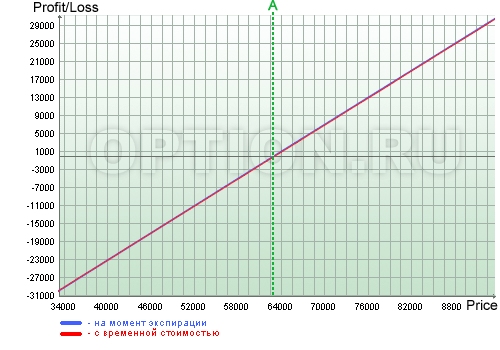Customer Reviews Profiting with Synthetic Annuities Option Strategies to Increase Yield and Control
Post on: 24 Май, 2015 No Comment

Vine Customer Review of Free Product (What’s this? )
The Synthetic Annuity technique is clever. the notion is to use buy-write option strategies to signicantly reduce risk, as opposed to options more traditional role of speculating on market action. What makes the strategy work is Theta.’. The concept of theta (measuring rate of declien in an option’s time value price component) isn’t new. It is part of a set of option metrics that include other key metrics such as gamma, delta and vega.
The details: Options have two price components: in-the money amount (ex: option is a call with a strike price of $40. Underlying security is $42, so it is 2 points in the money, which if its a stock=$200) and the time value component. The time value component can vary widely based on underlying volatility but is essentially the component that decides how likely it is that the option will go in the money before expiration. If the option is out of the money, all that is left is time value. If the underlying security remains absolutely still, each day that passes sees time value decline. Theta designates how fast this happens. If an investor can go short (‘write’ the option), they have the ability to take income and lock risk using the long side of the option trade. Done correctly, there is theoretically little to no risk and some return (not a lot, but some) to be earned. The author pointed out that the objectives are: Increasing yield, hedging, adding insurance (really an insurance substitute), risk budgeting, allowance for separate alpha and beta apps (which is used here to indicate rough account purposes btween investing and trading). I do wonder how much money can be made with little to no risk. after trading costs. From the book, it seems that there are plenty of opportunities. I’m wondering if that’s really the case or if this is more theoretical. I’m guessing if there was real money to be made, the institutional investors would arbitrage their way into the synthetic annuity, changing the price structure until the opportunity would vanish. There’s a sweet spot in here, when all the options are priced just right and so is the stock (or whatever is underlying, could be bonds, commodities, etc))
Synthetic Annuities work like this: Buy the security (ex: stocks), sell an in-the money covered call on a part of the position, sell an at-the money covered call on another part of the position, sell an out of the money covered call ont he remaining portion of the position and buy an out of the money put. Done correctly, the chances for large losses are significantly decrease or eliminated as are the chances for large gains. However, if the stock moves reasonably with normal volatility, there can be money netted from the transactions. If the investor either employs leverage or legs out of sections of the synthetic annuity, they can also move to speculation. If the underlying moves aggressively, the components of the synthetic annuity move to smooth the volatility and provide some level of hedge substitute insurance.
The technique: I did some research while reading the book. It seems there are still not a lot of tools available to create synthetic annuities or to point out when an underlying security may be in the sweet spot where a position may be set up. The author points out TradeStation as one useful tool, but that seems to be more about tracking a position already established, not necessarily identifying where the opportunities may lie. The author also points out how useful Excel can be for setting these up and monitoring.
The author provides a set of rules to govern how positions are taken, maintained and updated. I will not recount them, they are smart rules that investors can follow, though speculators may abandon in the heat of the moment. Some of the movements pointed out are defensive, some are offensive. Some are strategic, some are tactical.
The technique itself is going to create tax problems. Options are notorious for creating complex tax problems and synthetic annuities are no exception. Selling covered calls can adjust cost basis and record keeping going to be critical, particularly if a speculator is going to employ leverage.

The book: Books on options are usually difficult reads. The topic is complex enough that even experienced investors can get lost. But the author (Michael Lovelady) does an excellant job engaging the reader and explaining the complexities. Further, as he wrote the book during the heady 2011 market, he goes back to see how the volatility has impacted earlier examples. Sometimes those were losses and he points them out with a candor that is refreshing. Crafting a synthetic annuity is more art than science and it is interesting that sometimes the scientist don’t always win.
All in, if you are interested in options, are not afraid of complexity, this book and (perhaps) strategy may be for you. But be ready for the complexities, particularly in the area of tax.
Help other customers find the most helpful reviews
Was this review helpful to you? Yes No














